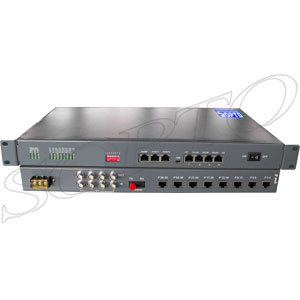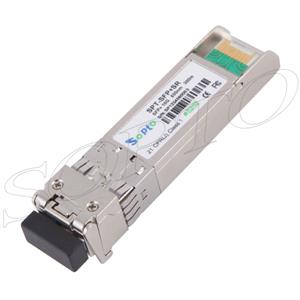-

- Sopto Home
-

- Special Topic
-

- Multiplexer Knowledge
-

- Synchronous Optical Networking Introduction
Multiplexer Knowledge
- Why is Multiplexing Needed in Data Communication Systems?
- What is Concept of Multiplexing in Telephone System?
- What is Digital TV Frequency?
- Outlook of the WDM Networks
- DWDM Technical Overview
- CWDM Technical Overview
- How to Activate Cable Modems?
- How to Install a Fiber Optic Modem?
- How do I Choose a Best Fiber Modem?
SOPTO Special Topic
Certificate



Guarantee
Except products belongs to Bargain Shop section, all products are warranted by SOPTO only to purchasers for resale or for use in business or original equipment manufacturer, against defects in workmanship or materials under normal use (consumables, normal tear and wear excluded) for one year after date of purchase from SOPTO, unless otherwise stated...
Return Policies
Defective products will be accepted for exchange, at our discretion, within 14 days from receipt. Buyer might be requested to return the defective products to SOPTO for verification or authorized service location, as SOPTO designated, shipping costs prepaid. .....
Applications
Multiplexers can be used to connect PBX, Hot line and other devices of network from central site to user site through fiber optical cable.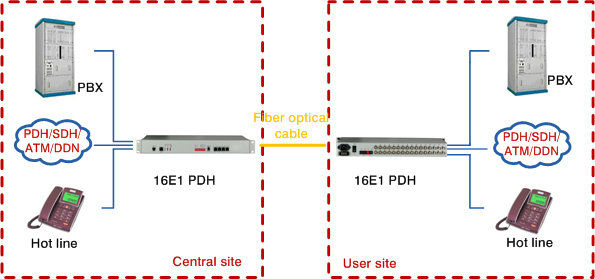
SOPTO Products
- Fiber Optic Transceiver Module
- High Speed Cable
- Fiber Optical Cable
- Fiber Optical Patch Cords
- Splitter CWDM DWDM
- PON Solution
- FTTH Box ODF Closure
- PCI-E Network Card
- Network Cables
- Fiber Optical Adapter
- Fiber Optical Attenuator
- Fiber Media Converter
- PDH Multiplexers
- Protocol Converter
- Digital Video Multiplexer
- Fiber Optical Tools
- Compatible
Related Products
Performance Feature
High integration desig
Low power consumption
Good EMC, EMI
Stable and Reliable
Multiplexer Knowledge
Recommended
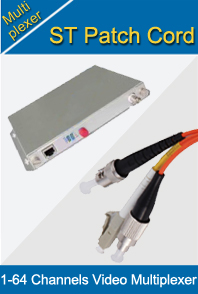
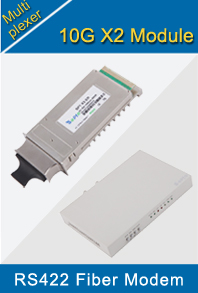
Synchronous Optical Networking Introduction
Synchronous Optical Networking is usually called SONET for short. The SONET standards were coded in the mid-1980s to consider benefit of low-cost fiber optic transmission. It defines a hierarchy of data rates, formats for framing and multiplexing the payload data, as well as optical signal specifications (wavelength and dispersion), allowing multi-vendor interoperability.
SONET may also be referred to as “T-1 on steroids”. Can you explain that? As you may know, the digital hierarchy (DS-0, DS-1, DS-2, DS-3 and much more) was created to provide cost-effective multiplexed transport for voice and data traffic from one location inside a network to a separate.
SONET and SDH (Synchronous Digital Hierarchy) are two equivalent multiplexing protocols for transferring multiple digital bit streams using lasers or LEDs (light-emitting diodes) over the same optical fiber. They were made to replace PDH (Plesiochronous Digital Hierarchy) system to get rid of the synchronization issues that PDH Multiplexer had. SONET is synchronous, which means that each connection achieves a continuing bit rate and delay. For example, SDH or SONET might be utilized to allow several Internet Service Providers to talk about exactly the same optical fiber, without being affected by each other’s traffic load, and without having to be able to temporarily borrow released capacity from one another. SONET and SDH are considered to become physical layer protocols since they offer permanent connections and do not involve packet mode communication. Only certain integer multiples of 64kbits/s are possible bit rates.
SONET is really TDM (time division multiplexing) based and this causes it to be readily supported fixed-rate services such as telephony. Its synchronous nature is designed to accept traffic at fixed multiples of the basic rate (64kbit/s), without requiring variable stuff bits or complex rate adaptation.
The SONET data transmission format is based on a 125us frame composed of 810 octets, of which 36 are overhead and 774 are payload data. The fundamental SONET signal, whose electrical and optical versions are referred to as STS-1 and OC-1, respectively, is thus a 51.84Mb/s data streams that readily accommodate TDM channels in multiples of 8 kb/s.
10Gbps SFP+ Optical Transceiver for SDH Application
It is important in fiber optic network that SONET can be used to encapsulate PDH and other earlier digital transmission standards. It is also used directly to support either an ATM (Asynchronous Transfer Mode) or packet over SONET/SDH (POS) networking. So SONET/SDH is actually a generic all-purpose transport container for moving both voice and knowledge traffic. They in themselves aren’t communications protocols.
SONET brings by using it a subset of benefits that make it differentiate themselves from competitive technologies. These include mid-span meet, improved operations, administration, maintenance, and provisioning (OAM&P), support for multipoint circuit configurations, non-intrusive facility monitoring, and the capability to deploy a variety of new releases.
Improved OAM&P is among the greatest contributions that SONET brings to the networking field. Element and network monitoring, management, and maintenance have always been something of the catch-as-catch-can effort due to the complexity and diversity of elements inside a typical service provider’s network. SONET overhead includes error-checking ability, bytes for network survivability, and a diverse set of clearly defined management messages.
For more info, please browse our website.




